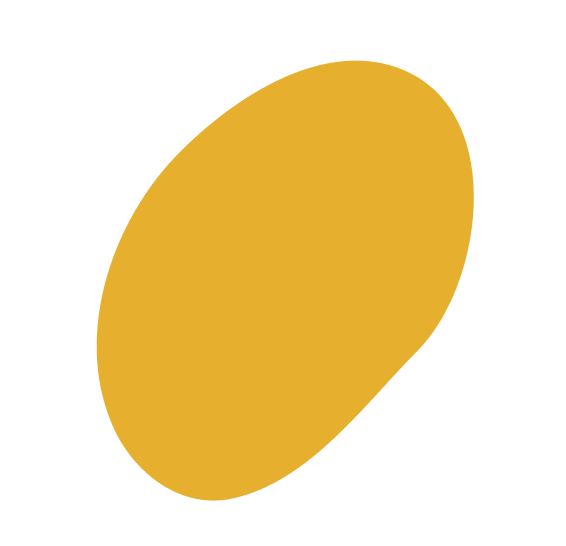







Photodynamic therapy (PDT) is a minimally invasive and non-surgical cancer treatment involving the use of special drugs and light. It has been proven to be an effective treatment for lung cancer, as well as other types of tumors.







With Photodynamic Therapy (PDT), a photosensitizing drug is injected into the bloodstream or inhaled, and is absorbed by cancerous cells. When the drug is activated with a specific wavelength of light, it produces a chemical reaction that destroys the tumor cells while leaving normal surrounding tissue unharmed.
PDT can be used to treat small tumors on or near the surface of the skin, as well as larger tumors in deeper areas of the body such as inside the lungs. Studies have shown that PDT can effectively reduce and even eliminate tumors, with minimal side effects compared to more invasive treatments like chemotherapy or radiation


Photodynamic therapy (PDT) is a treatment option for patients with lung cancer, especially in cases where the cancer has spread to other parts of the body. It can also be used for people who have developed tumors in their lungs due to smoking or long-term exposure to certain chemicals. PDT works by delivering light energy directly to the tumor, which destroys the cancer cells while leaving healthy tissue intact. This treatment is often used in combination with more traditional approaches, such as chemotherapy or radiation therapy, to maximize the effectiveness of treatment and reduce any side effects.
During PDT, a light-sensitive drug is injected into the bloodstream. This drug concentrates in abnormal cells, such as cancerous or pre-cancerous ones. A special light source is then used to activate the drug and destroy the targeted cells. Depending on the type of treatment being performed, this light source may be a laser, an intense light source (often from an endoscope), or a machine that shines the light from outside of the body. During the procedure, the physician will use imaging techniques to ensure that all of the targeted cells have been destroyed.
After your procedure, you may experience some mild side effects such as cough, chest pain or difficulty breathing. These side effects are usually temporary and should improve within a few days. Your medical team will monitor your recovery closely and make sure that these symptoms do not persist for more than a week or two. You may also need to return for further follow-up tests to ensure that the therapy was successful. In some cases, additional treatments may be recommended in order to maximize the benefits of photodynamic lung therapy.
While photodynamic therapy is minimally invasive and has fewer side effects than other treatments, it is important to remember that there are some risks associated with the procedure. These could include discomfort or pain during the treatment, scarring, and inflammation in the treated area. It is important to discuss all possible risks and benefits of photodynamic therapy with the physician prior to beginning treatment.
We accept most PPO and Medicare insurance plans. We recommend you contact your insurance plan to insure we are in-network.